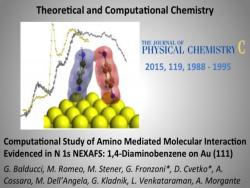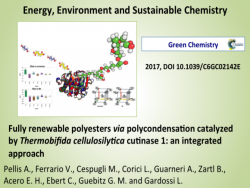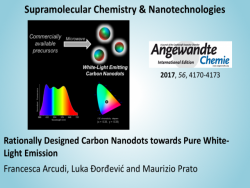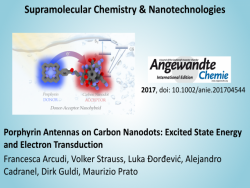Self-assembled supramolecular systems for transport and catalysis
The research is focused on synthetic ionophores and on the catalysis of phosphate esters cleavage (DNA, RNA). The systems investigated are designed using the supramolecular self-assembling principles in order to obtain complex structures and functions from the self-assembling in solution of small elements.
Artificial ionophores. Artificial ionophores are synthetic molecules able to promote the transport of ions and/or polar molecules across a biological membrane thus mimicking the action of natural occurring ion channels and carriers. The interest in this research is twofold: on one hand to get insight on the molecular basis of recognition and transport, and on the other hand to get control of the biomedical relevant processes in order to obtain innovative dugs for diseases that involve chloride channel impairments such as, for example, cystic fibrosis.
Hydrolytic catalysts of phosphate esters cleavage. The fast and efficient hydrolytic cleavage of phosphate bond in nucleic acids (DNA and RNA) is still an unresolved question which hampers the design of biomimetic restriction enzymes. We are currently exploring the conjugation of catalytically active centers, mainly based on Zn(II) complexes, to DNA binders as a strategy to obtain efficient and sequence selective catalysts.
Research Group
| Supramolecular systems for transport and catalysis Group |







